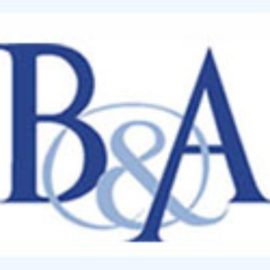By Carole Morgan
Hundreds of media releases cross an editor’s desk every day, so the more newsworthy and professionally prepared yours is, the better chance it will be used. These basic guidelines will help you write an effective release and establish honest and professional relationships with members of the media.
- Know the audience, deadlines, restrictions, policies and key contacts for each medium. It’s a waste of paper, postage or fax time to send information that is not of interest to a publication’s readers.
- Prepare releases for daily and weekly newspapers on the basis of their deadlines, and customize the first paragraph to target different story angles. For example, a news magazine is looking for a different story than a trade or entertainment magazine. It is also important to get to know your local editors and specialized reporters so that you can channel your stories to the proper person.
- Be honest and accurate. Being untruthful to make your organization “look good” will destroy the confidence of the media in you — and in your organization. It is also important to double check all names, times and facts for accuracy before releasing them.
- Be concise and professional. Competition for space is fierce, so your copy stands a better chance of being used if it is prepared in good journalistic style. Try very hard to limit your release to two pages. That should present enough information for a short article or generate enough curiosity to get your phone ringing. (Multi-page releases, no matter how good, run the risk of not being used due to space limitations.)
- Keep to the point. Don’t try to cover too much and, as a rule, keep product and company names to a minimum. If an article gets published, your organization will get mentioned by virtue of the fact that it is the source of the news.
- Take appealing photos. Don’t crowd too many people in one picture — three is usually the maximum — and get action in your pictures. If you have to write a long caption to describe what’s going on, the picture isn’t telling the story. Use good lighting, be sure your picture has sharp contrast, and never photograph people without written permission. A parent or guardian must sign the formal release for a minor.
- Prepare well and follow-up. Good public relations is about serving the editor’s interest as much as your own. Build a rapport with editors by becoming a key source of information about your industry — not just your company. Then, about a week before sending a release, tell the editors you are sending it and ask who should receive it. And finally, follow-up is the key to success. Two or three days after mailing your release, make follow-up phone calls and have a strong pitch prepared for why they should use it.
This is part of a series of “how to” articles on marketing communications presented by Beeler & Associates (B&A), Long Beach’s oldest advertising and public relations agency. Topics will be added monthly. To suggest topics, write to B&A using the “Contact Us” form or call (562) 597-9000.
